
Leonardo da Vinci, the great scholar, and scientist once remarked –
"The human foot is a masterpiece of engineering and a work of art.”
And there is no doubt that the feet are an amazing instrument. They are an important and most worked part of the body. But, at the same time, they are also the most neglected part. But foot care has been an important ritual in almost all ancient healthcare systems. Both Chinese medicine and Ayurvedic shalakya tantra (Ayurvedic needle treatment) mention various marma or vital points present in the feet.
Regular foot care can help to stimulate these vital points and enhance the body's metabolism.
What is Pad Paricharya?
With Ayurvedic wisdom, it is time to charge your foot health and practice an easy yet fun-filled and relaxing foot care routine. This foot care routine has four steps to it –
- External cleaning (Ayurvedic foot bath)
- Internal detox (Ayurvedic Foot Massage)
- Feet nourishment (Ayurvedic Food mask)
Step 1 - Ayurvedic foot bath
Cleaning is always the first procedure in foot care. The best way to both clean and relax your feet every day is a warm water soak. Here is the way to prepare the best foot soak for deep feet cleaning and relaxation –
- Warm adequate water to a lukewarm and comfortable temperature.
- Add 2 tsp of Epsom salt to the water. You can also use normal rock salt if you do not have Epsom salt.
- Soak your tired feet in the warm water and experience the feeling of relaxation as you watch TV or join a casual family conversation at the end of the day.
This step is quite enough to ensure proper foot cleaning. Besides, this step helps to dilate the blood vessels and enhance the blood supply in the foot region. In this way, your feet get flooded with abundant warmth and nutrition that aids in foot healing and rejuvenation.
Step 2 - Ayurvedic Foot Massage
The first step is adequate, but the second step augments the health benefits of the first step. Massage is an important health ritual in Ayurveda. It boosts blood circulation and helps to expel internal toxins through sweat or oil glands in the skin. Therefore, foot massage is an excellent way for the feet' skin to detox effortlessly.
Charak Samhita, the authority ancient text on Ayurvedic medicine, says that a person desirous of perfect health must massage three parts of his body every day – head, ears, and feet. Here is how you can do it –
- After the foot soak, wipe your feet dry.
- Apply warm sesame oil or olive oil on your feet and gently massage them in a circular motion. Do one foot at a time, with both hands.
- Spend extra time on the heels and toes. These parts contain important marma or vital points in the feet.
- Massage for a minimum duration of 5 min for maximum benefit. Let the oil sit on your feet for 15-20 min if convenient.
Step 3 - Ayurvedic Food mask
Massage further enhances the blood circulation in the feet and facilitates skin-based absorption. This is the best time to apply a herbal foot mask because the feet' skin will readily absorb all nutrition and moisture in the foot mask. Here are the steps to apply a foot mask –
- Wipe off the massage oil from the feet.
- Mix 1 tablespoon of Naturz foot mask in an adequate amount of plain water. If you are suffering from inflammation or swelling in the feet, consider using rose water instead of plain water.
- Apply the foot mask mixture all over your foot.
- Let the mask sit for 15 to 30 minutes.
- Wash it off with warm or plain water.
- Avoid using too hot or cold water after following all the steps.
Step 4 - Ayurvedic foot Powder (Optional)
After the above-mentioned steps, your feet will be deeply cleansed and nourished. You will feel relaxed. This is the best time to protect the feet from moisture loving pathogens.
The oil or cream application on feet can attract dirt. This dirt may get locked with the fatty layer of foot balm and irritate the skin later. This is why, instead of oily moisturization that can clog your skin pores with dirt and microbes, Ayurveda recommends dusting the feet with herbal powders.
This herbal powder helps to protect the feet from sweat and dirt. It also helps to maintain smooth and supple feet, a symbol of elegance and beauty.
- Thoroughly wipe the feet dry after using a foot mask.
- Make sure to remove all traces of foot mask or water
- Apply the herbal powders like turmeric, manjishtha, or sandalwood and gently massage in a circular motion to ensure the best absorption.
- If you have numbness or tinkling in your feet, you can also try Ashwagandha powder for feet.
This entire routine may appear to be time-taking and cumbersome, but trust me once you get used to it, you will never want to miss it.
Set an intention to relax and care for yourself in this time. Whether you are a working mommy or a salesperson always on the go, this foot care routine will not only help you to prevent fatigue and foot-related problems but also allow you to sink into deep relaxation and experience healing yourself emotionally.
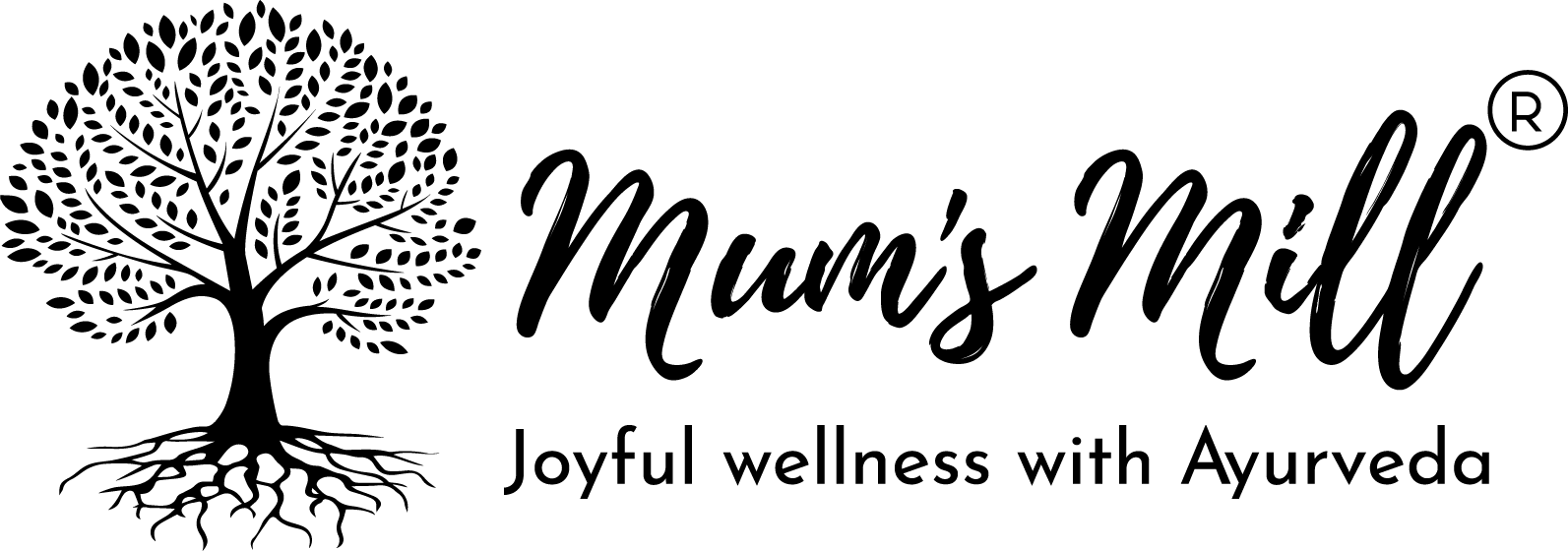

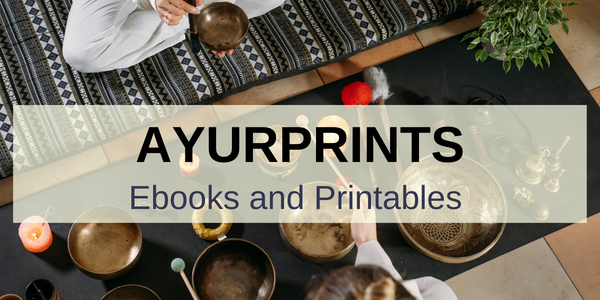


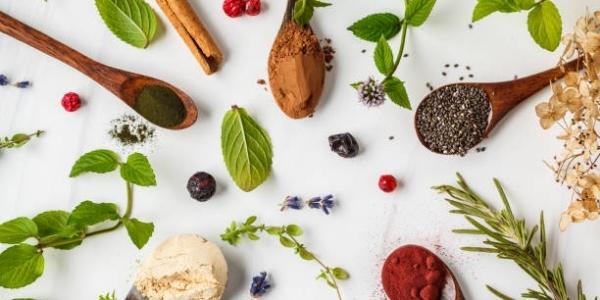

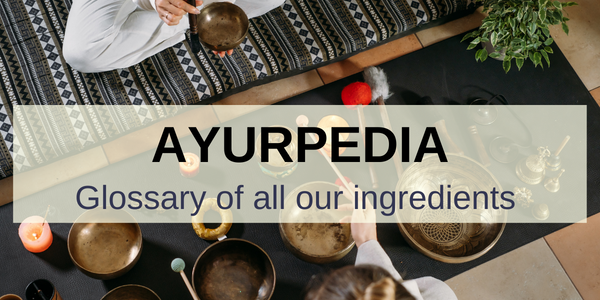
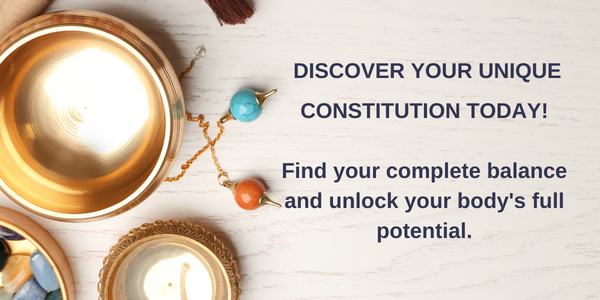



Leave a comment (all fields required)